Up Close and Personal: Three young African painters revolutionising portraiture
A new generation of artists is flourishing in step with the burgeoning African art market. With a record number of African art galleries present at The Armory Show this year, we highlight three of the most exciting portrait painters on show.
The impressive rise of the contemporary African art market in recent years has brought much-needed vitality to the industry. We’ve seen a groundswell of Africa-focused galleries such as Galerie Cécile Fakhoury (Paris, Abidjan, Dakar) and Mariane Ibrahim Gallery (Chicago, Paris), art fairs including 1-54 (London, NYC, Paris, Marrakech) and ART X Lagos and the establishment of institutions such as Zeitz MOCAA in Cape Town and Nubuke Foundation in Accra.
These spaces are all flourishing in step with the new generation of artists whose fresh and evocative works are attracting a growing collector base across the continent and beyond. This energy has also been reflected at most international art fairs and major museums where these talents are ever-more present. Limna data shows that there has been a steady rise in exhibitions by African artists over the past decade as well as a renewed spike in the wake of the 2020 Black Lives Matter uprisings. Although the Covid-19 pandemic has impacted emerging art markets, this burgeoning sector has proved resilient thanks to its relatively affordable price points, engaged audience and agile pivot to digital shows and sales.
The Armory Show in NYC is evidence of global interest in this thrilling scene. Following its 2016 spotlight on art from an African perspective, the fair has continued its commitment to young galleries and artists with its Presents section. At the recently concluded 2021 edition, a number of leading African art galleries were selected included Rele Gallery (Lagos, LA), Gallery 1957 (Accra, London), Tafeta (London, Lagos), Jack Bell (London) and Addis Fine Art (Addis Ababa, London). Here we highlight three of the fast-rising portrait painters on show who provide a snapshot of the diverse voices now receiving serious attention.
Kwesi Botchway
You’ll instantly want to be friends with the party people in Kwesi Botchway’s acrylic paintings. These characters know how to dress well and have a great time, their skin luminous with deep purple and ebony tones, an embodiment of the artist’s mission to celebrate Black beauty. “My most important focus is to portray Blackness and richness,” the Ghanaian artist asserts. “I know how people with dark skin feel so my goal is to elevate them in a vibrant way.”
Botchway studied at Accra’s Ghanatta College of Art and Design and then the Academy of Visual Arts, Frankfurt, where he developed his Afro-Impressionism style which combines small strokes with a hedonistic colour palette that still speaks to a sense of realism. “I was born in the slum, so I’m interested in portraying the human story,” he says. “I studied abstraction and landscape but portraiture is where I found my joy. It’s like having therapy.”
Last year Gallery 1957 gave Botchway his first solo show in their Accra space, soon followed by a second at its London outpost. His solo at The Armory Show marked his US debut. Paintings on show included Six Rings Pose (2021) in which stands a glamorous woman in a red evening dress and gleaming jewellery, and Guyman (2021), depicting a cool guy luxuriating in an indigo and peach suit. “Guyman is a term you use on the streets of Ghana for someone who looks smart,” he explains. “In these works, I’m presenting bold people who are not afraid to live their lifestyle naturally.”
Botchway now wants to use his success to help others with Worldfaze Accra, an artist studio and residency space for local talent. “In Accra, we have a lot of new artists but not enough structure. I want to give them a quality understanding of art. It’s not about trends or making art just to sell, you have to take it personally.”
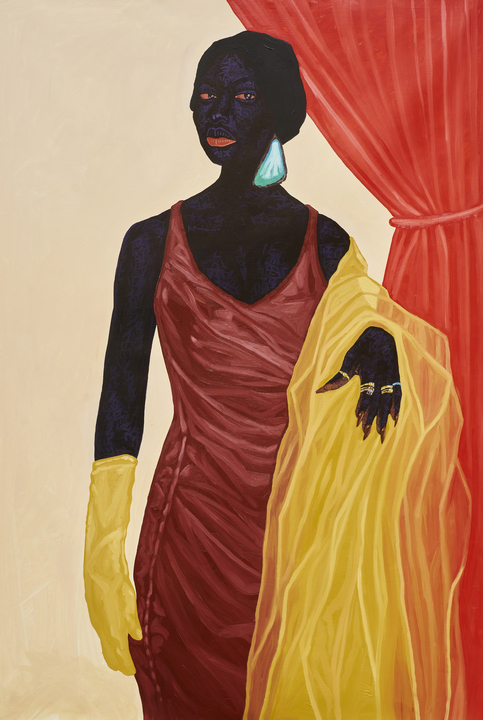
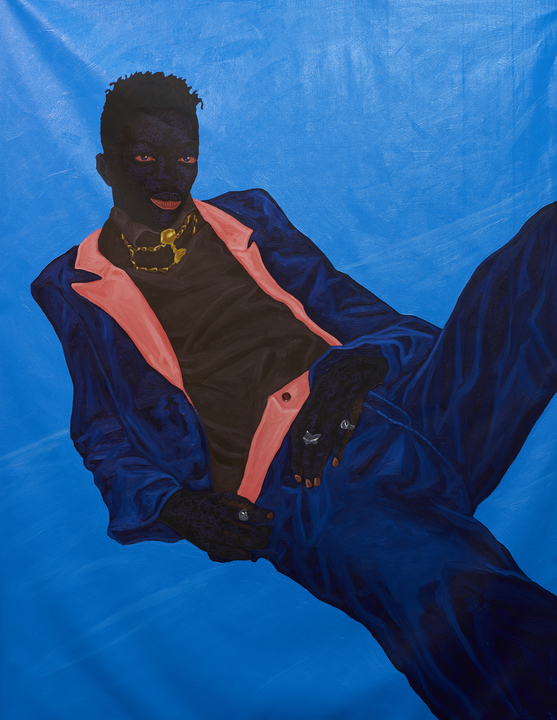

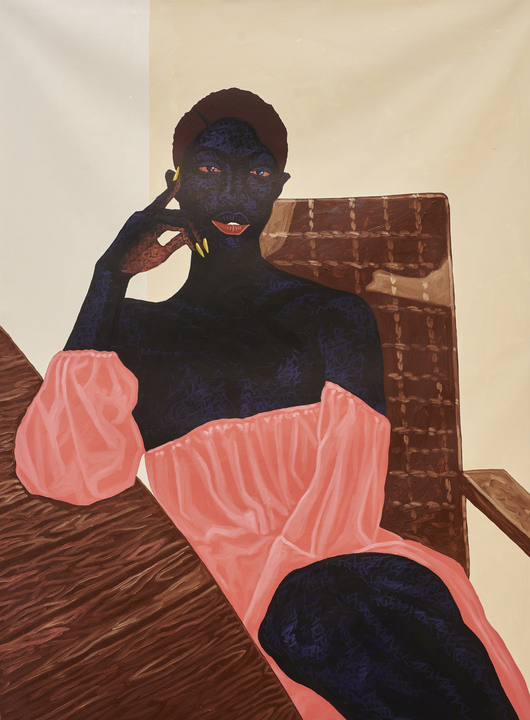
Babajide B Olatunji
There is nowhere to hide when you confront one of Babajide B Olatunji’s paintings from Tribal Marks III. The ongoing series of charcoal and pastel works on paper depicts up-close faces dominating each frame, their hyper-realistic countenances realised in every detail with unwavering gazes coming straight back at you. With nothing but blackness behind them, you are drawn into a conversation with these personas, both young and old. Everything about them is entrancing, but it’s their scars that make them unique.
“Our ancestors used facial markings to identify a person by their tribe. The marks are so exact that clanspersons can recognise each other anywhere in the world,” the Nigerian artist explains. “My desire is to shine a light on some of the cultural practices we have here. They are beautiful, incredibly vast and under-explored.”
Although fictional, his subjects seem familiar and for Olatunji they represent an exploration of contemporary Nigerian identity. “The faces I create express a range of human emotions, piquing curiosity: why is she smiling? Why does he have a poker face? The expressions, the marks and colour of their skin make you wonder about their experiences, their lives.”
The Lagos-based artist originally studied botany and taught himself drawing and painting through his far-reaching, research-based practice. He was selected for the Royal Academy of Arts Summer Show in 2017 and his work is in the collections of The Mott-Warsh Foundation and King Mohammed VI of Morocco. Represented by Tafeta, he’s found favour at art fairs world-wide.
“Growing collector interest in emerging artists of African origin is a beautiful eventuality that has been a long time coming. It’s partially a result of internet accessibility making it easier for young artists to pursue a career with confidence. It’s also about teaming up with a gallery interested in the long-term success of its artists.”
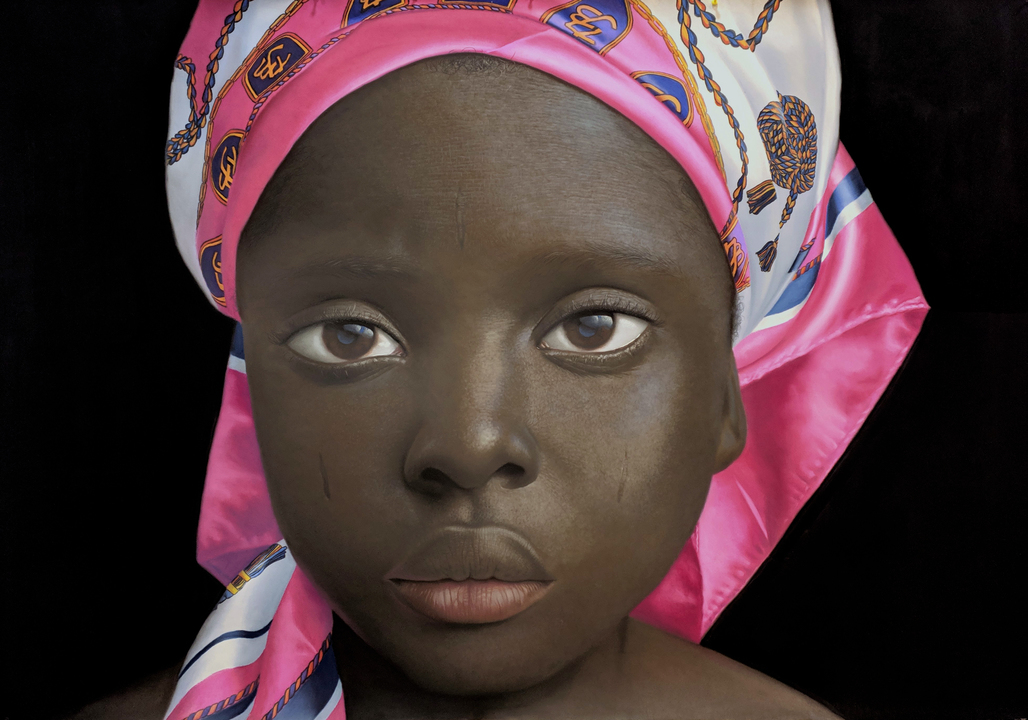
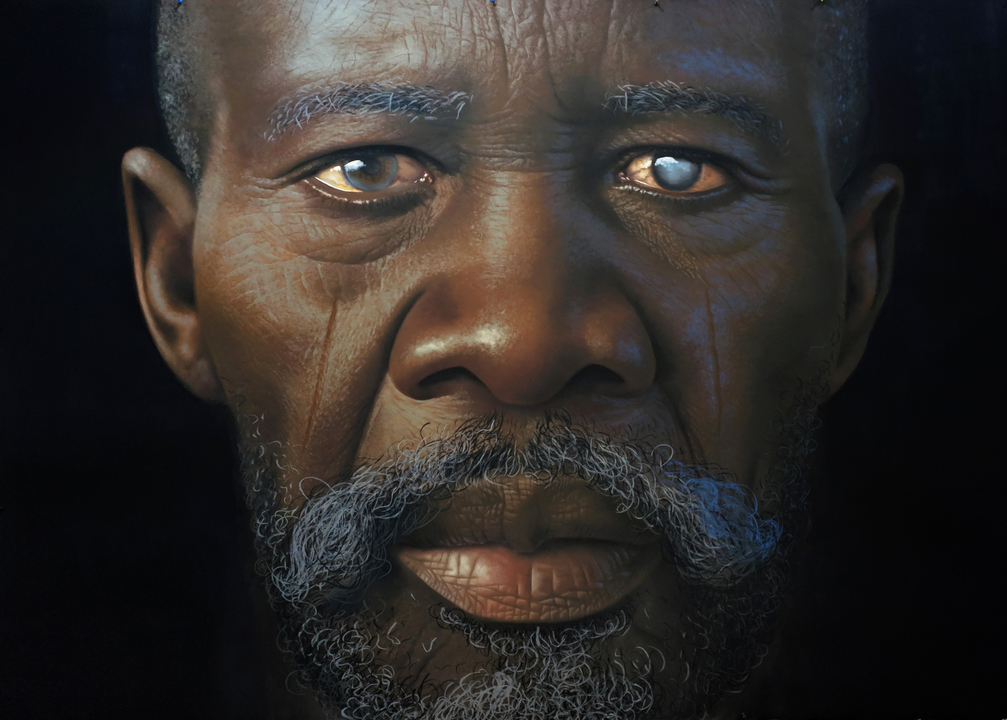

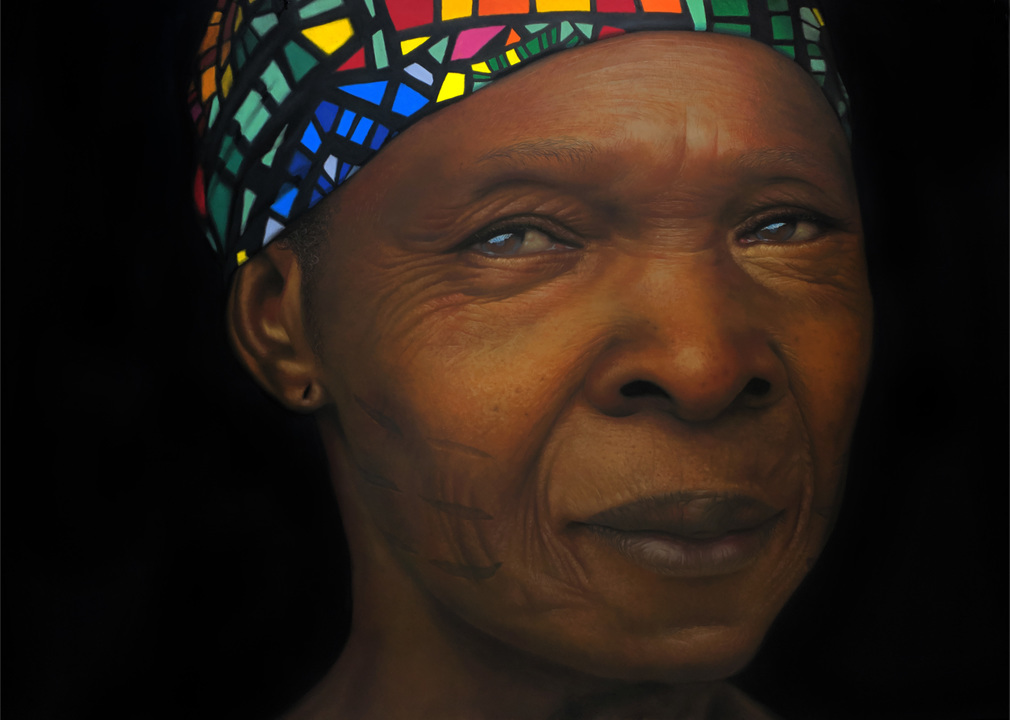
Tizta Berhanu
“I feel complete when I paint. It is all very automatic to me. I don’t consider painting as work, rather it’s a mandatory activity like eating. Painting has become an extension of myself,” says Tizta Berhanu of her tender and heartfelt practice.
This Addis Ababa-born artist studied under Ethiopia’s renowned modernist painter Tadesse Mesfin at the Alle School of Fine Arts and Design where she refined her expressionistic style, using bold brush strokes and intense, tonal colours to explore the meditative nature of our emotions.
Her oil paintings are filled with elusive figures who hold each other close, heads on laps, arms around shoulders, flowing into each other across the canvas to create a mood that is at once dream-like and visceral. Whether articulating love or loss, togetherness or loneliness, ardour or resentment, these sentiments are deeply felt. “My works are a direct reflection of my emotions and who I am as an artist. As I grow as a person, as a mother, my work grows too,” she adds.
The artist’s star is rising fast with Addis Fine Art. She enjoyed her first solo with the gallery last year and participated in Art Dubai’s 2020 residency programme. This year she showed at 2020 residency programmeCFHILL in Stockholm and was featured in Art Basel OVR 2021. Berhanu sees her presence at international art fairs as proof of the bonds we all share.
“In Ethiopia we have a culture of closeness, hugs and coexistence. My artwork is based on what I have known since my childhood and my reality, so it’s amazing to see people from other cultures resonating with these themes. I like reminding people that we are all human and share an emotional life.”
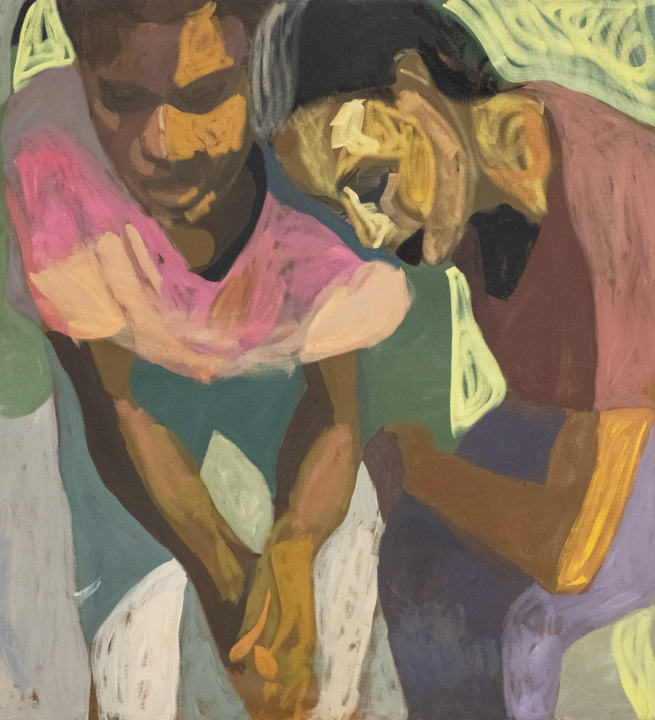
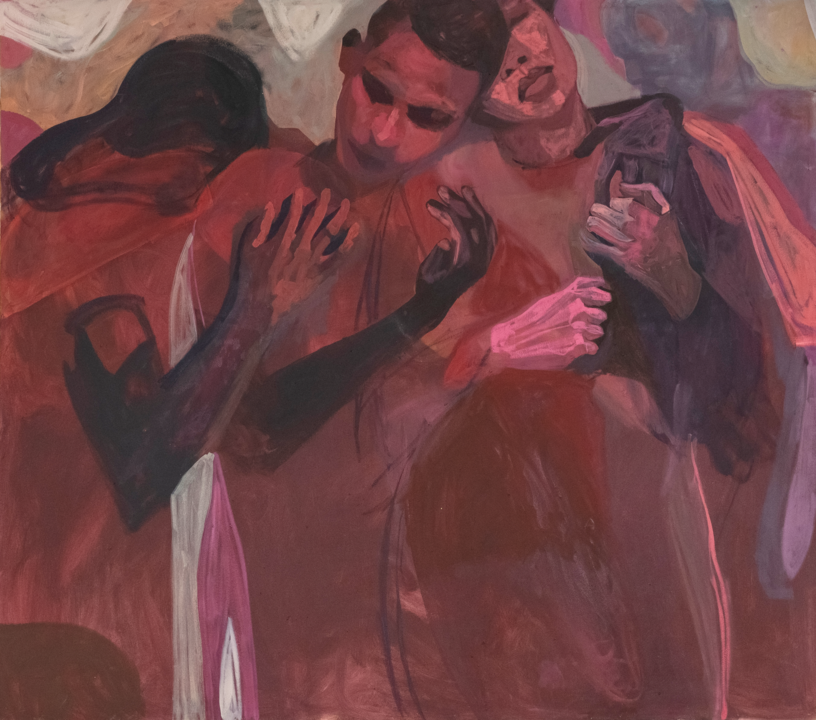
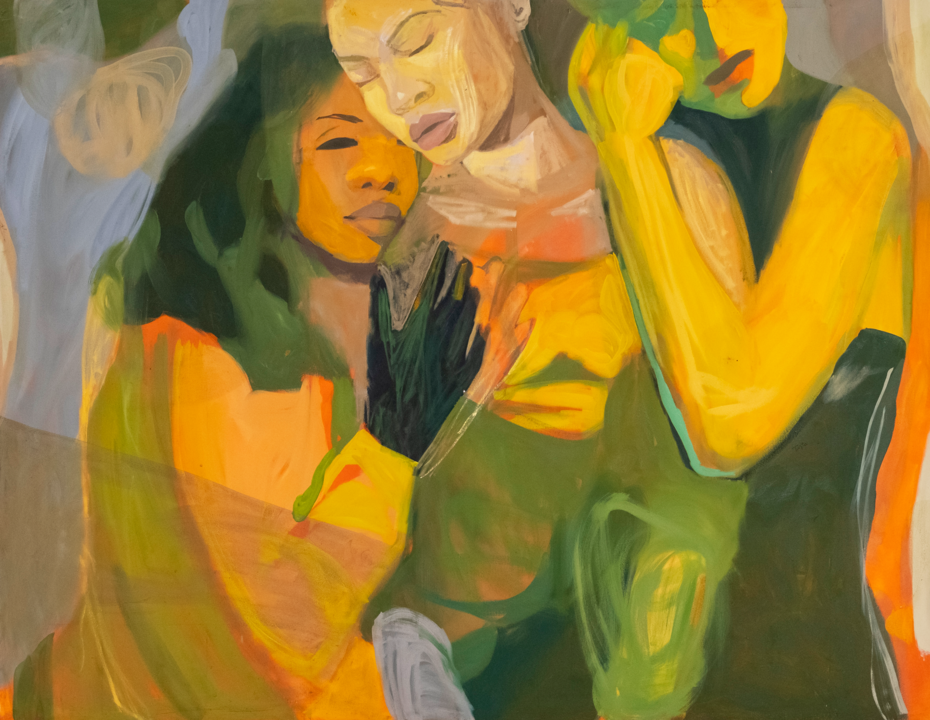


-min.jpeg)